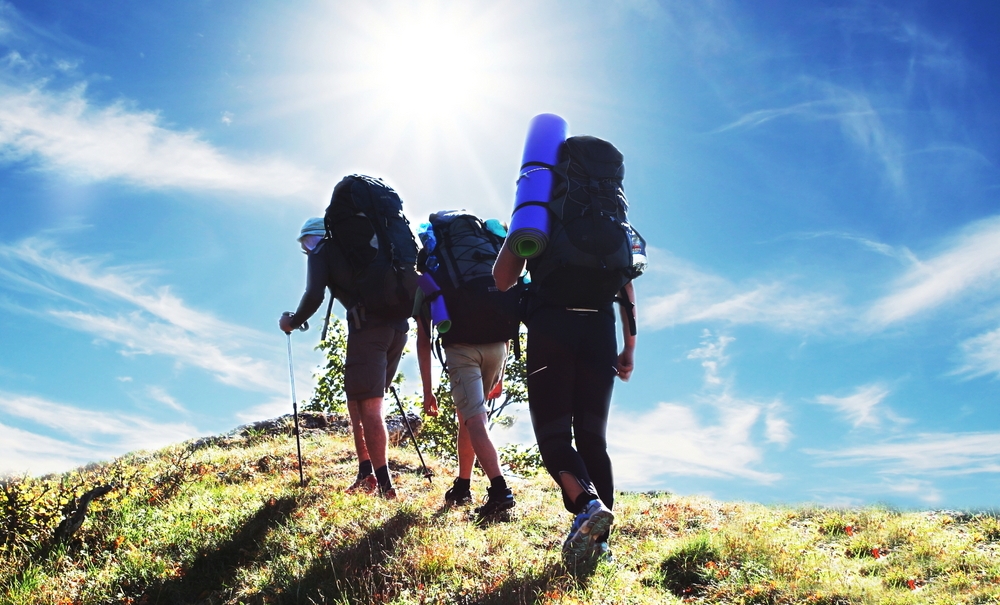
When the weather warms up in the spring and summer, it’s natural to spend more time being active outside and enjoying nature. Along with all of the benefits of sunshine, fresh air and exercise, warm weather also brings more opportunities to tweak or injure the spine. Here are some tips to take care of your neck and back while resuming your outdoor adventures.
Return To Outdoor Activities Gradually
It’s normal to be excited about returning to outdoor activities when the weather becomes nice, but it pays to start slow. When returning to an activity that you haven’t done for months, it’s possible that the muscles used for that particular activity have become deconditioned and therefore more susceptible to injury.
For example, if you’re starting a garden or returning to yard work, don’t try to do everything all at one time. Rather than spending a whole day in the yard, try to limit yourself initially to working only an hour or two the first day. Then, if needed, return to the project the following day or weekend. If you have a larger project, consider enlisting a friend or family member to help share in the work and the fun.
As you gradually build up strength and endurance again, listen to your body and adjust workloads accordingly.
Take Care While Traveling
Whether it’s a week at the beach or a weekend of camping, spring and summer are great times to explore new places. However, getting to your destination might involve long hours of sitting in a cramped car, plane, or train, which can cause neck and/or back pain. If possible, try to break up long trips with a rest stop every hour or two to get out and stretch; or if you’re on a plane or train, get up and stretch, or walk the aisle every few hours.
When planning a trip, consider the sleeping arrangements. For example, if sleeping on the ground while camping causes your back or neck pain to flare, consider a portable air mattress to help or pick a campsite that offers cottages and beds. If certain types of pillows help you avoid neck and back pain, bring them along. For long trips where you might have to sleep in an upright position, such as a car trip or plane ride, consider bringing a U-shaped neck pillow that wraps around the neck to prevent your head from tilting at a sharp angle and stressing your cervical spine. (Some pillows contain gel inserts that are not allowed on planes, so check ahead of time if you have a question.)
Watch Out For Water Hazards
Nothing beats being by the water in hot weather. But don’t lose sight of safety. Remember to swim in areas designated for swimming with a lifeguard on duty. And don’t dive into the shallow or unknown water, which could result in a serious cervical spine injury from hitting your head.
While many people know that diving in shallow water could potentially lead to a spinal cord injury and paralysis of the arms and legs, it is easy to forget this when having fun in a new environment. Diving is also not the only way to strike your head hard on the bottom of shallow water. Running or participating in other water activities in shallow water such as surfing, body boarding, or water skiing can also result in a fall or collision that seriously injures the neck or back.
Whenever participating in a water sport that is new or unfamiliar, get instruction from someone who can help build your skills safely. Trying to do too much too soon, or trying to keep up with more experienced people, can increase your risk for a serious and devastating permanent injury.
To arrange an appointment with our Pain Management Specialist, Dr. Jeffrey Chacko, please contact our office at (516) 419-4480 or (718) 215-1888.













